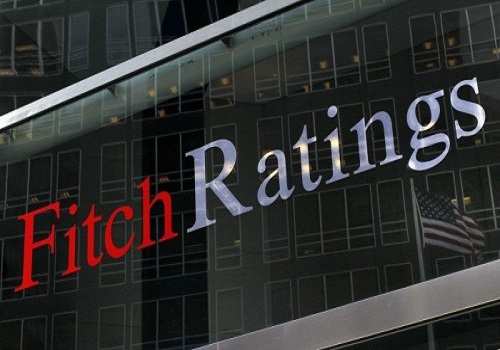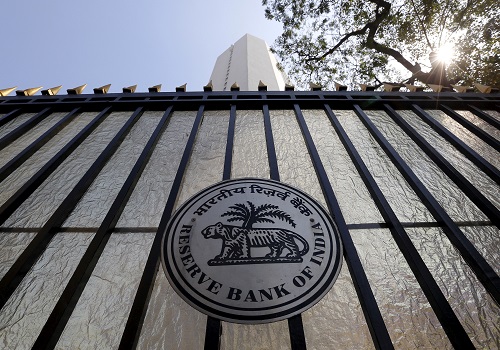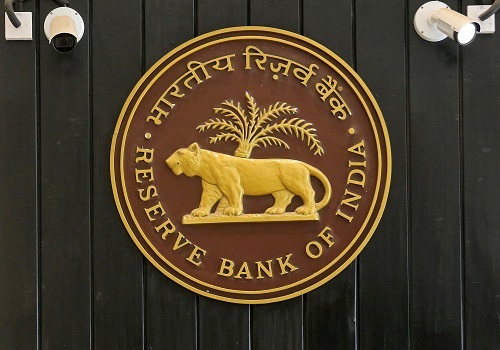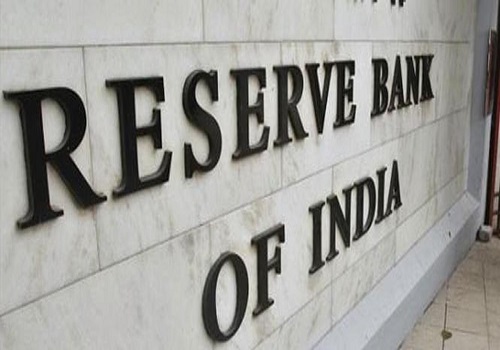Domestic banking sector`s average NIMs likely to contract by about 10 bps in FY24: Fitch Ratings

Follow us Now on Telegram ! Get daily 10 - 12 important updates on Business, Finance and Investment. Join our Telegram Channel
Global rating agency Fitch Ratings in its latest report has said that banks will face margin pressure next fiscal (FY24) as they increase the deposit rates to attract funds to support sustained high loan growth. It expects the domestic banking sector's average Net Interest Margins (NIMs) to slightly contract by about 10 basis points (bps) in FY24 to 3.45 per cent, following a 15 bps increase in FY23 to 3.55 per cent, in a base case scenario, but remain well above that during FY17-FY22 average of 3.1 per cent. However, it said the 10 bps likely reduction in margin is unlikely to affect banks' profitability in the near term.
According to the report, higher fee income -- stemming from higher loan growth -- and a revival in treasury gains should broadly counterbalance the twin pressures of higher credit costs and funding costs in FY24, while supporting capitalisation. It noted that this contraction is consistent with the lagged normalisation in deposit rates, although banks should be able to offset some of the impact as they gradually pass-through policy rate hikes to corporate loans, which are typically slower to reprice than retail and SME loans. However, it said loan growth continuing to outstrip deposit growth is a potential risk. NIMs could face greater pressures if banks are forced to increase deposit rates further and turn to wholesale funding, for which costs are rising.
The report warned ‘the risks may be potentially pronounced if higher interest rates are unable to meaningfully moderate credit demand and increase deposit inflows as we expect under our base case’. The system wide loan growth averaged at 17.5 per cent in the first half of FY23, with the trend continuing in December, compared to the agency's full-year estimate of 13 per cent for FY23. This is partly driven by pent-up credit demand and normalisation of excess savings built up during the pandemic, as well as corporate borrowers migrating from the local bond markets towards banks given the significant hardening in bond yields.












 320-x-100_uti_gold.jpg" alt="Advertisement">
320-x-100_uti_gold.jpg" alt="Advertisement">












